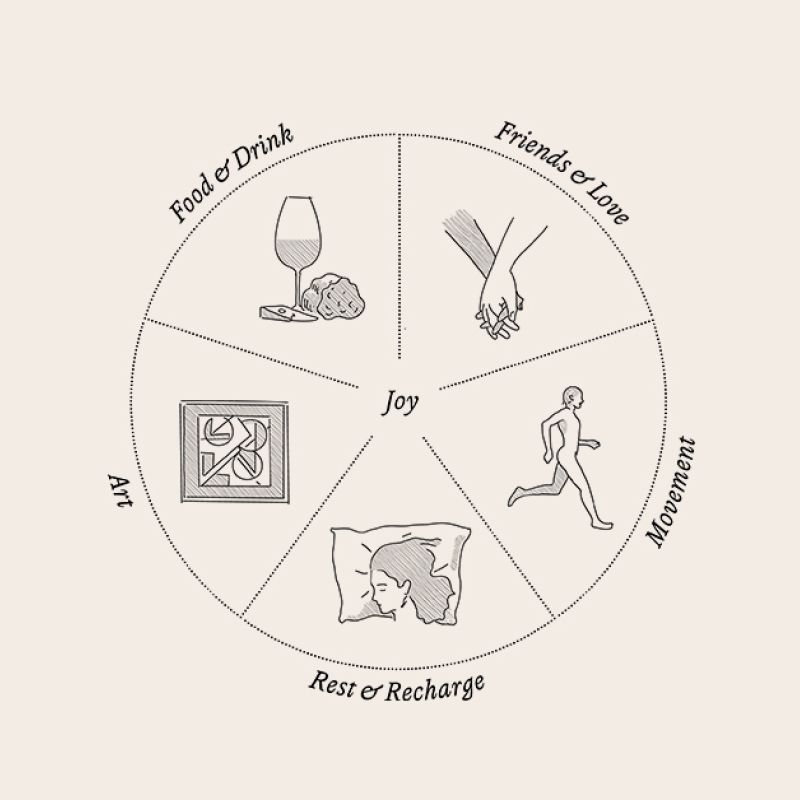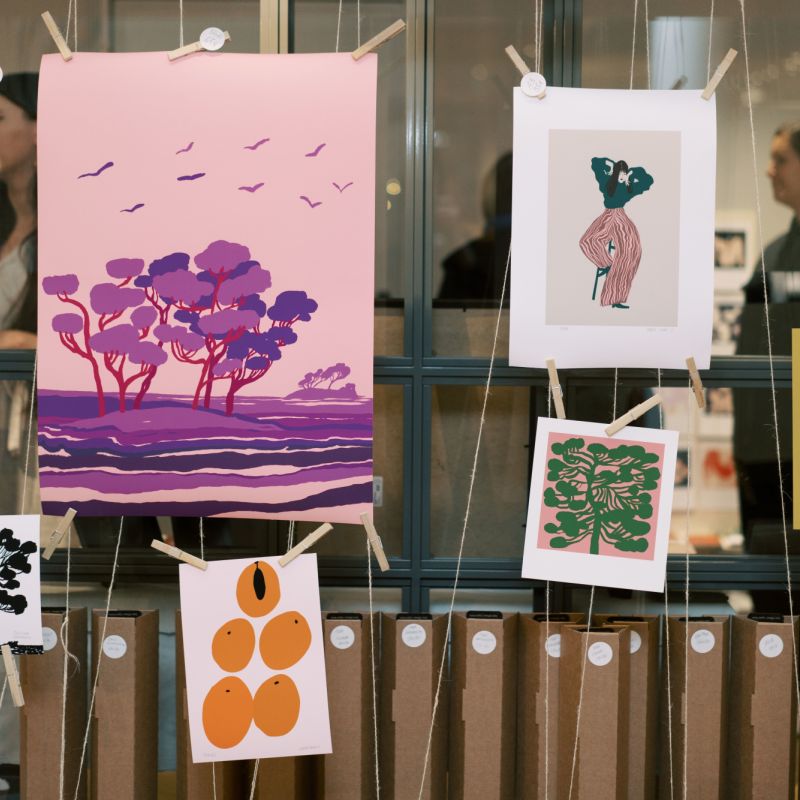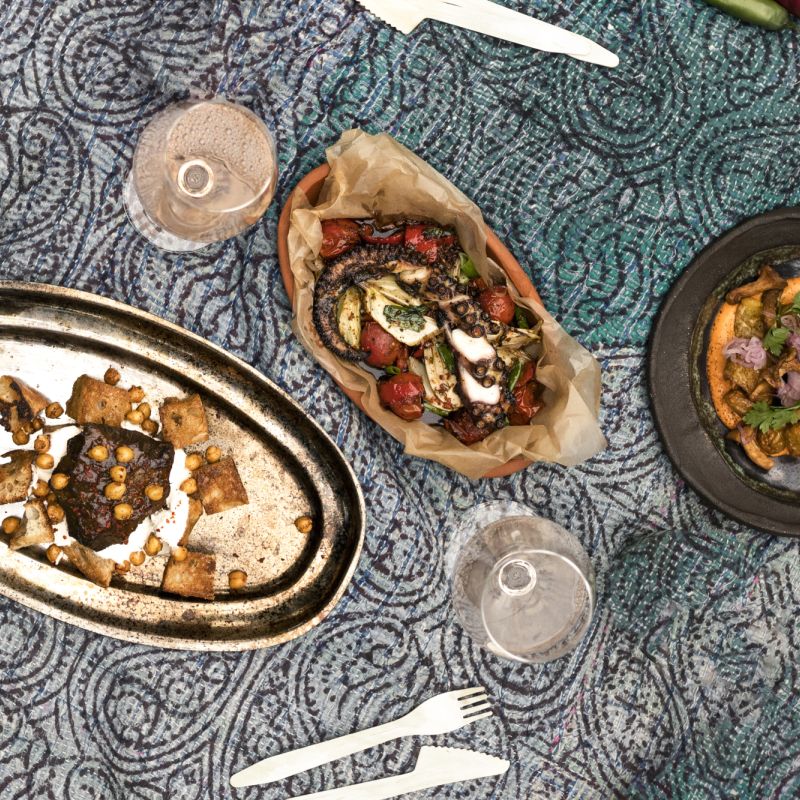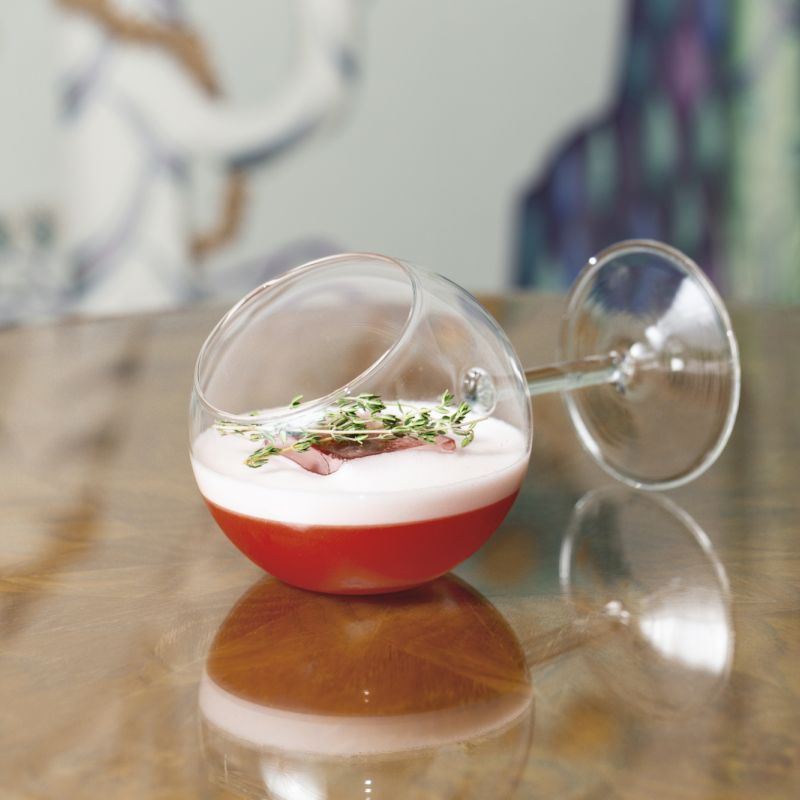How to taste natural wines and learn to love them
It may only represent 1% of the global wine market, but natural wine is now literally on the lips of every self-respecting sommelier. We asked Maria Kuzina of Helsinki’s Hotel St. George to introduce us to natural wines – and help us fall in love with them too.

- Either wild and funky, or complex and elegant, Hotel St. George's sommelier Maria Kuzina describes the taste of natural wines.
- But some people tell me you shouldn’t serve these wines in a restaurant, that they’re not wines.
Thankfully, such customers are a minority amongst today’s wine lovers. The natural wine movement was started in 1960s France by producers who wanted to make wine like their ancestors had.
In the last decade, wines made without additives and with minimal technical intervention have seen an unprecedented surge in popularity.
Natural wines are part of a huge lifestyle trend, which involves healthier and more sustainable living, respect for tradition, and going back to nature.
- The way natural wine producers are reviving lost indigenous grapes is a good example of this, Kuzina explains.
Natural wines are superb for socialising
When Kuzina is asked to recommend a wine, she often suggests a natural one. The majority of the wines available by the glass are natural. This is not only to get people to try something new, Kuzina says, but also because they match so many foods.
- Natural wines are perfect for socialising. They beautifully complement the diverse flavours of the food.
Kuzina has purposely put together a complex and enjoyable selection to help introduce natural wines to first-timers. Still, she stresses the importance of not being too quick to judge.
- If you don’t like a particular natural wine, just try another one. Like coffee or cheese, it’s an acquired taste, and there are so many varieties that you’re bound to find something you enjoy.

The best way to taste natural wines
How should you go about tasting natural wine, then? According to Kuzina, a great way to get started is trying two wines of your favourite grape side by side, one natural and one not. An ideal first natural wine is one that is easy to understand and has good balance.
Riesling and Gewürztraminer, for instance, are great grapes for an introduction to natural whites, and Sangiovese for reds.
- If you’re not sure, ask our restaurant staff for recommendations and they’ll be very happy to help you.”
Kuzina herself was converted to natural wines years ago. Besides enjoying their social aspect, she likes to challenge her palate with different flavours and discover matches with the unlikeliest of foods. She loves encouraging her customers to do the same.
Maria Kuzina’s favourite natural wine types:
Orange wine
What is it? A white wine produced like red wine.
How is it made? It’s made of white grapes with the juice left in contact with the skins. The taste and colour come from the skins.
How does it taste? Tannic, acidic, fruity, earthy – there are so many possible characteristics.
When should you try it? With food that has character. Thanks to the acidity, it’s amazing with oysters.
Pét-Nat
What is it? A cloudy sparkling wine with a screw top, small and elegant bubbles, and low alcohol content (10–12%).
How is it made? It’s bottled during fermentation – the oldest sparkling wine method.
How does it taste? A little funky and cidery. Every bottle can be different.
When should you try it? On an evening out with friends.
Read next

























































